
Skin coloured targets
This is a personal reflection on research that I conducted whilst a part of the Paul McKeever Scholarship. I am aware that the contents of it are quite controversial, and I am also aware of the fact that the police need much, much greater diversity in their ranks. The results are not presented in a way that seeks to undermine the objective of achieving just that, they are instead there to question the methods that are used to reach them.

My research journey began in a lecture theatre at Warwick Business School. We were receiving a lecture from Simon Guilfoyle on the use of targets in police performance measurement systems. It totally changed my view on the way that police conduct their daily activities. I highly recommend Simon’s book (Intelligent Policing), where he discussed the use of daily, weekly and monthly targets and whether they actually represent a valid way to measure police performance. I will summarise for you: they don’t.
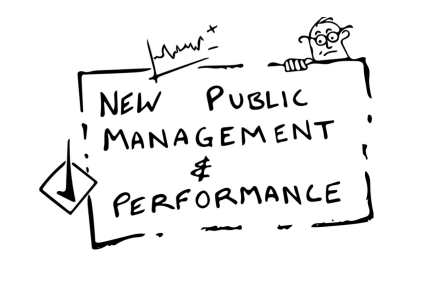
He also illuminated for me a whole host of ‘unintended consequences’ that come from the targets and how they are realised. This was validated shortly after by the PASC report into Police Crime Recording standards and how they just couldn’t be seen as reliable at all. This report took its casualties, and there has been a slow and (hopefully) inexorable move away from performance management systems that often do the total opposite of what they were meant to achieve.
Whilst this was ongoing, I could see that targets fell away in several areas of police performance, but that they stuck around in others… They were – and still are – used in diversity recruitment, hate crime monitoring, in complaint management, and in sickness (and other HR policies). I found this to be really strange, as we had a lot of research that indicated that targets were pretty awful, yet they were being ignored in areas of business that weren’t directly related to crime reporting. What were the unintended consequences that were taking place around these areas? How were they manifesting themselves and what were their effects?
So, this led to me deciding to research the unintended consequences of the use of targets in BME (Black, Minority and Ethnic) recruitment and selection. I’ve always been passionate about diversity, so it seemed like a perfect opportunity to look deeper into how we are trying to improve it. I interviewed over twenty frontline cops in several Constabularies, transcribed seventeen of the interviews, and then coded (sorted and gathered themes together) in order to form a picture of how they were perceived. I was hoping to uncover the unseen picture of what the targets really did on the frontline.
Research map
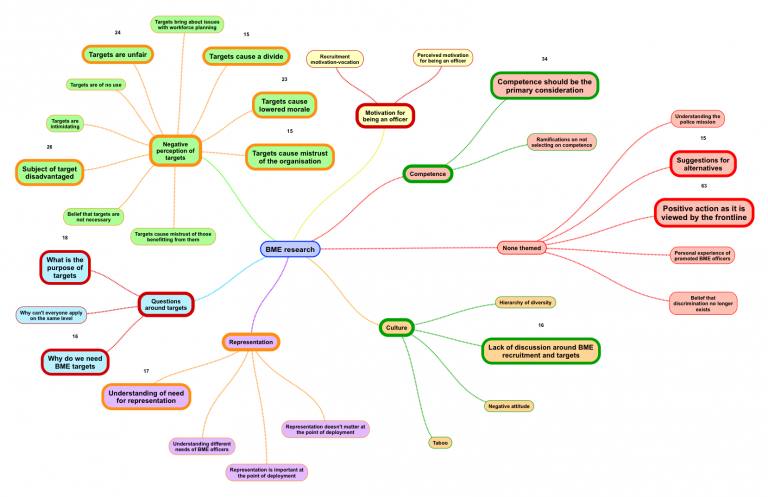
The map above shows the themes and how I grouped them. I then began to dig into how the themes came about, and where they came up in the conversation. There were several significant findings.
Good news
Almost every single interviewee stressed the fact that they believed increased representation was really important. They were all sold on having more recruits from diverse parts of the community and could see the wider benefits of it. Interviewees often repeated this assertion throughout the interviews.
Opportunities:
Questions, Questions, Questions: Interviewees repeatedly questioned the need for targets within the process, and for justification behind positive action (this is activity designed for BME candidates that improves their chances of successful recruitment or selection). It was really clear that positive action was largely misunderstood, with perceptions that it created a positive bias within the process abound. In short, positive action was conflated with positive discrimination. This damages the legitimacy of the process and results in what is called poor ‘procedural justice.’ Those people subject to the processes, do not believe that the processes are fair, and this really affects the outcome of them. Officers weren’t applying for some roles, as they believed that the processes were ‘rigged’ in minority’s favour, with some just refusing to engage at all and mistrusting the people who were recruited/promoted as a result of them.
Competence: The questions and lack of understanding above, then leads to other questions, such as, ‘Why are they not selecting for competence?’ This question worried me, because it implied that the officers did not believe that the processes were selecting for how good people were at the job, and instead selections were based on the targets that were in place. This is the first real indication that the targets were involved in causing harm. They were providing a framework for officers to challenge the validity of the process. There was a perceived uneven playing field, and at no point was there any interaction from management in an effort to explain why positive action made the process more ‘even’, instead of doing the exact opposite.
The result: A combination of a lack of information, no communication from management, and the suspicious and cynical culture (we are paid to be suspicious and cynical in many cases!) then led to the most worrying outcome. This was that officers then questioned the competence of BME candidates that were promoted or recruited, because the use of targets allowed for:
‘Has this person been promoted/recruited to fulfil a target supported by systems that I don’t understand and no-one’s explained, or are they the best person for the job?’
This is a really damaging finding, as it undermines the purpose of increasing representation in the first place. If distrust and cynicism follows BME officers because targets also follow them, they then have a higher mountain to climb upon recruitment or promotion than any other candidate, and this removes a huge amount of any procedural justice that they believe resides within the system. The BME candidates that I interviewed confirmed this tangibly, and it sits with anecdotal evidence from colleagues I know personally too.
What needs to be done?
- Targets need removing, they rob the subject of the target of their competence.
- Officers need to be able to understand why positive action is being used in the workplace and how it works (how this is done is an L&D issue up for debate). Ideally, processes that do disadvantage BME candidates simply need fully re-designing, nullifying the need for positive action in the first place. This requires an in-depth knowledge of bias in assessment and recruitment policies (very developed in the College of Policing, not so much in internal constabularies).
- When managers make decisions that affect the perceptions of those subject to an internal/external process, the rationale must be communicated fully and a space for questions and debate should be created. Without this space, the prevailing culture will fill the gap with speed and ferocity.
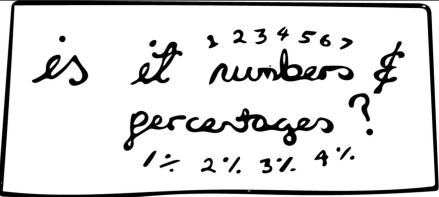
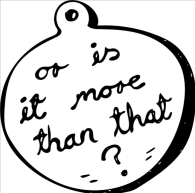
Other questions:
The above research highlighted some issues that need addressing, but what did they do for me? As an operational officer, what did I get from conducting it? These are incredibly important questions that address a wider discussion around what educating officers may achieve in the long run.
- Our internal understanding of the term ‘representation’ is under-developed and dangerously simple. It rests on the premise that if a certain percentage of diverse individuals are recruited, the representation problem is ‘solved.’ This is a fallacy and incredibly dangerous as it circumvents what representation is actually about (and I believe it to be about legitimacy and trust).
- This has illustrated to me that engagement as a manager is essential. It’s often seen as a fluffy add-on, but as a manager, if you leave information gaps, you are also responsible for the rumours that fill them. If police managers are making decisions, the communication of the rationale for those decisions is more important than the decisions themselves – and it is almost totally absent in many constabularies.
- Speaking with frontline officers at length, with whom I had to break the taboo of speaking about BME issues (yes there’s a taboo, and it’s stifling) has shown me that many care passionately about recruitment from diverse populations. They have real concern about ‘how’ that recruitment is conducted, because they care about the quality of service that they can provide and the safety of colleagues and the public. If the targets weren’t there and the perceived playing field more understood, it would go a long way to bridging a trust divide between BME officers and non-BME officers following recruitment/promotion processes.
- One interviewee spoke at length about the ‘hierarchy of diversity,’ and oh my goodness was she on the money. When you apply a target to a particular demographic, you consciously illustrate that they are more important within that process. She raised LGBT officers, Jewish Officers, Eastern European Officers and disabled officers as subjects that are unconsciously ‘lowered’ in their status of importance. What about thought diversity? What does this hierarchy tell us? It tells us that ‘valuing difference’ as a whole is actually a bit of a fib. If you value difference, you value everyone’s differences, and not just those for whom you have a political obligation. This is a great example of cognitive dissonance, and it reveals some hypocrisy that really needs addressing. It’s necessary to prioritise areas of severe need, but accompanying that with statements that deny prioritisation causes issues with understanding.
- And off the back of this, reducing people to a label as simple as BME also reduces the issue at hand to three letters that can realistically be ‘achieved.’ The changing demography of London as it stands, mixed with the particular tenure of police officers, makes numerical representation a far flung target that will be forever chased. If the target is unreachable, and we don’t know what ‘achieving it’ actually does, maybe it’s time to revisit the issues identified as causal factors in community trust breakdown instead?
- Finally, they led me to question, question, and question. It’s made me more of a pain in the backside (I imagine), but I will never accept simple solutions for complex social issues ever again.
To finish, a couple of things. Until we address what ‘Representation’ actually is for a UK police force, we are aiming at fog. When a force reaches 8% BME to match its 8% BME population, can we shelve representation as a ‘job well done?’ I would say that the answer is a very clear ‘no.’ The Scarman and Macpherson reports indicate that persistent problems with community relations and a complete breakdown of trust were significant causal factors of representation breakdown – one could argue that numbers alone won’t address either of these issues (and a systematic review that is about to land shortly will do the same). So why do they seem to be the sole focus in many forces? If behaviour of police officers has a part to play in gaining trust and legitimacy (and research says it does), why does this play second fiddle to numbers without an evidence base?
Culture change and wellbeing development, together with a developed understanding of procedural justice (internally and externally) may be partial answers to these problems. But, change in these areas is painful and complicated (and I know as I’m working on them). It is simpler to hold onto targets, because they are tangibly achievable and fit comfortably with an ingrained behavioural legacy of numerical performance management.
The police need to recognise the complexity of the issue of representation, as the targets are currently acting as a scapegoat for far more difficult conversations about broken relationships and a lack of community trust. Diversity strategies should not be about numbers, they should be about forging relationships and creating sophisticated ‘listening’ functions where forces can judge their respective trust by community and tailor their interactions to address bespoke identified issues. Broad brush solutions do not address nuance and legacy. Without addressing this complexity, we will continue to aim at numbers that don’t mean a great deal, or actually achieve a great deal either.
Numbers and percentages do not solve issues with societal/state relationships. Representation is a wicked problem, let’s start viewing it as such, scrap the targets, and acknowledge that a complex set of behavioural solutions is the only way to realistically address it.
 Written by Inpector Gareth Stubbs, Policing blogger
Written by Inpector Gareth Stubbs, Policing blogger
Originally published at The Thinking Blue Line | Blog on using research and new methods in Policing
Note: This article gives the views of the author(s), and does not reflect the views or position of the N8 PRP, nor any of the partner organisations.







0 Comments